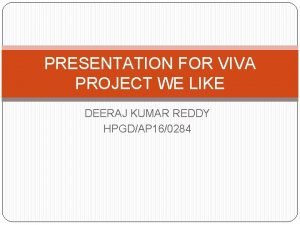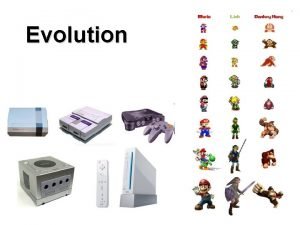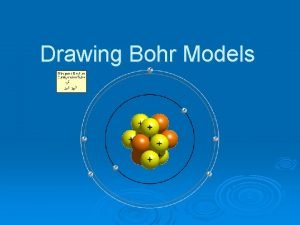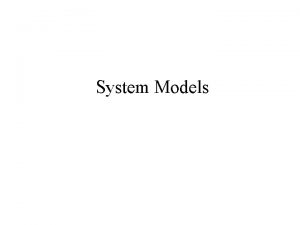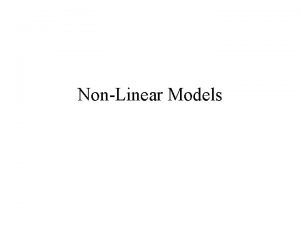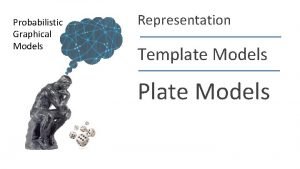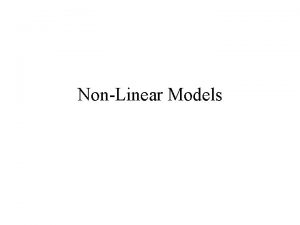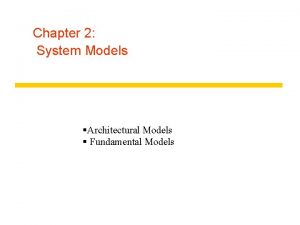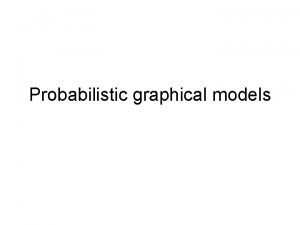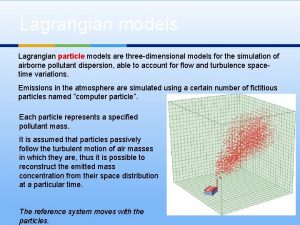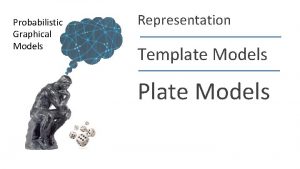Project Selection Models Project Selection Project selection is
















- Slides: 16

Project Selection Models

Project Selection Project selection is the process of evaluating individual projects or groups of projects, n and then choosing to implement some set of them so that the objectives of the parent organization will be achieved. n The proper choice of investment projects is crucial to the long-run survival of every firm. n Daily we witness the results of both good and bad investment choices. n

Decision Models abstract the relevant issues about a problem from the plethora of detail in which the problem is embedded. n Reality is far too complex to deal with in its entirety. n This process of carving away the unwanted reality from the bones of a problem is called modeling the problem. n The idealized version of the problem that results is called a model. n

n Models may be quite simple to understand, or they may be extremely complex. In general, introducing more reality into a model tends to make the model more difficult to manipulate.

Criteria for Project Selection Model 1. Realism 2. Capability 3. Flexibility 4. Ease of use 5. Cost 6. Easy computerization

Numeric and Non-Numeric Models n n n Both widely used, Many organizations use both at the same time, or they use models that are combinations of the two. Nonnumeric models, as the name implies, do not use numbers as inputs. Numeric models do, but the criteria being measured may be either objective or subjective. It is important to remember that: n n the qualities of a project may be represented by numbers, and that subjective measures are not necessarily less useful or reliable than objective measures.

Nonnumeric Models n Nonnumeric models are older and simpler and have only a few subtypes to consider.

The Sacred Cow n Suggested by a senior and powerful official in the organization. Often initiated with a simple comment such as, “If you have a chance, why don’t you look into. . . , ” and there follows an undeveloped idea for a new product, for the development of a new market, for the design and adoption of a global data base and information system, or for some other project requiring an investment of the firm’s resources. “Sacred” in the sense that it will be maintained until successfully concluded, or until the boss, personally, recognizes the idea as a failure and terminates it.

The Operating Necessity n If a flood is threatening the plant, a project to build a protective dike does not require much formal evaluation, which is an example of this scenario. If the project is required in order to keep the system operating, the primary question becomes: Is the system worth saving at the estimated cost of the project?

The Competitive Necessity n The decision to undertake the project based on a desire to maintain the company’s competitive position in that market. Investment in an operating necessity project takes precedence over a competitive necessity project n Both types of projects may bypass the more careful numeric analysis used for projects deemed to be less urgent or less important to the survival of the firm. n

The Product Line Extension n n A project to develop and distribute new products judged on the degree to which it fits the firm’s existing product line, fills a gap, strengthens a weak link, or extends the line in a new, desirable direction. Sometimes careful calculations of profitability are not required. Decision makers can act on their beliefs about what will be the likely impact on the total system performance if the new product is added to the line.

Comparative Benefit Model n Organization has many projects to consider but the projects do not seem to be easily comparable. For example, some projects concern potential new products, some concern changes in production methods, others concern computerization of certain records, and still others cover a variety of subjects not easily categorized (e. g. , a proposal to create a daycare center for employees with small children). n No precise way to define or measure “benefit. ”

Q-Sort Method n n Of the several techniques for ordering projects, the QSort is one of the most straightforward. First, the projects are divided into three groups— good, fair, and poor—according to their relative merits. If any group has more than eight members, it is subdivided into two categories, such as fair-plus and fair-minus. When all categories have eight or fewer members, the projects within each category are ordered from best to worst. Again, the order is determined on the basis of relative merit. The rater may use specific criteria to rank each project, or may simply use general overall judgment.

The Q-Sort Method

Real Option Model n n Recently, a project selection model was developed based on a notion well known in financial markets. When one invests, one foregoes the value of alternative future investments. Economists refer to the value of an opportunity foregone as the “opportunity cost” of the investment made. The argument is that a project may have greater net present value if delayed to the future. If the investment can be delayed, its cost is discounted compared to a present investment of the same amount. Further, if the investment in a project is delayed, its value may increase (or decrease) with the passage of time because some of the uncertainties will be reduced. n n n If the value of the project drops, it may fail the selection process. If the value increases, the investor gets a higher payoff. The real options approach acts to reduce both technological and commercial risk.

Numeric and Weighted Models Tomorrow
 What is the difference between modals and semi modals?
What is the difference between modals and semi modals? Project selection and portfolio management
Project selection and portfolio management Viva project black screen
Viva project black screen Balancing selection vs stabilizing selection
Balancing selection vs stabilizing selection Similarities
Similarities K selection r selection
K selection r selection Natural selection vs artificial selection
Natural selection vs artificial selection Difference between continuous and discontinuous variation
Difference between continuous and discontinuous variation Stabilizing selection human birth weight
Stabilizing selection human birth weight K selection r selection
K selection r selection Natural selection vs artificial selection
Natural selection vs artificial selection Two way selection and multiway selection
Two way selection and multiway selection Multiway selection
Multiway selection Procedure of pure line selection
Procedure of pure line selection Selection of an appropriate project approach
Selection of an appropriate project approach Project selection and portfolio management
Project selection and portfolio management Analougous
Analougous


